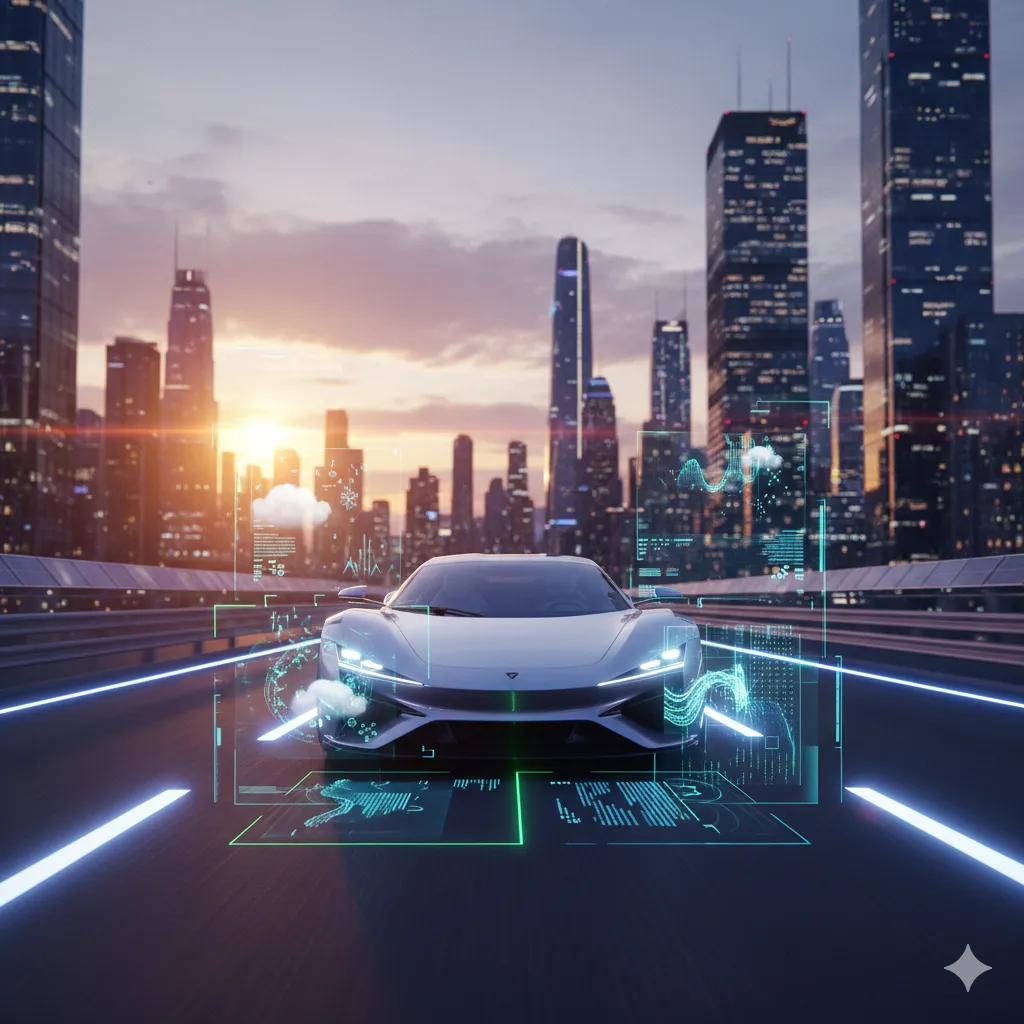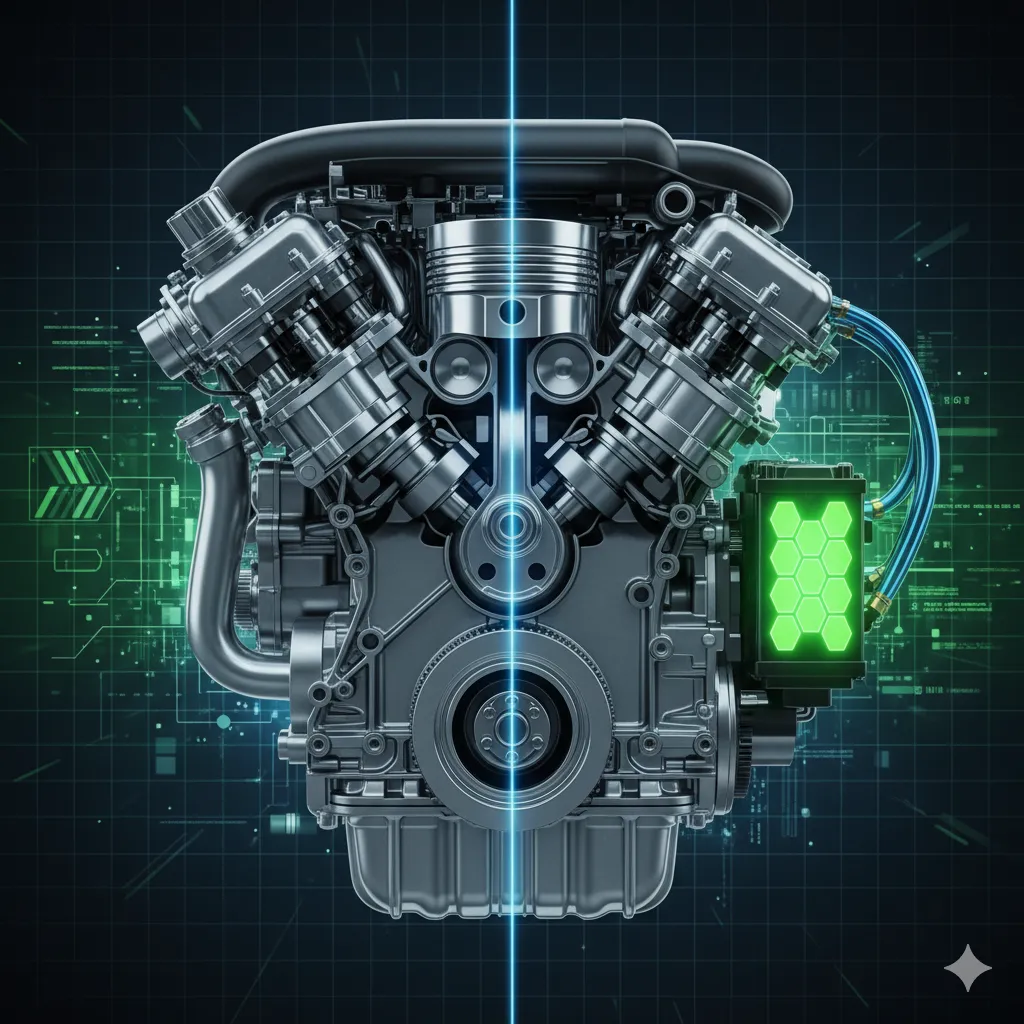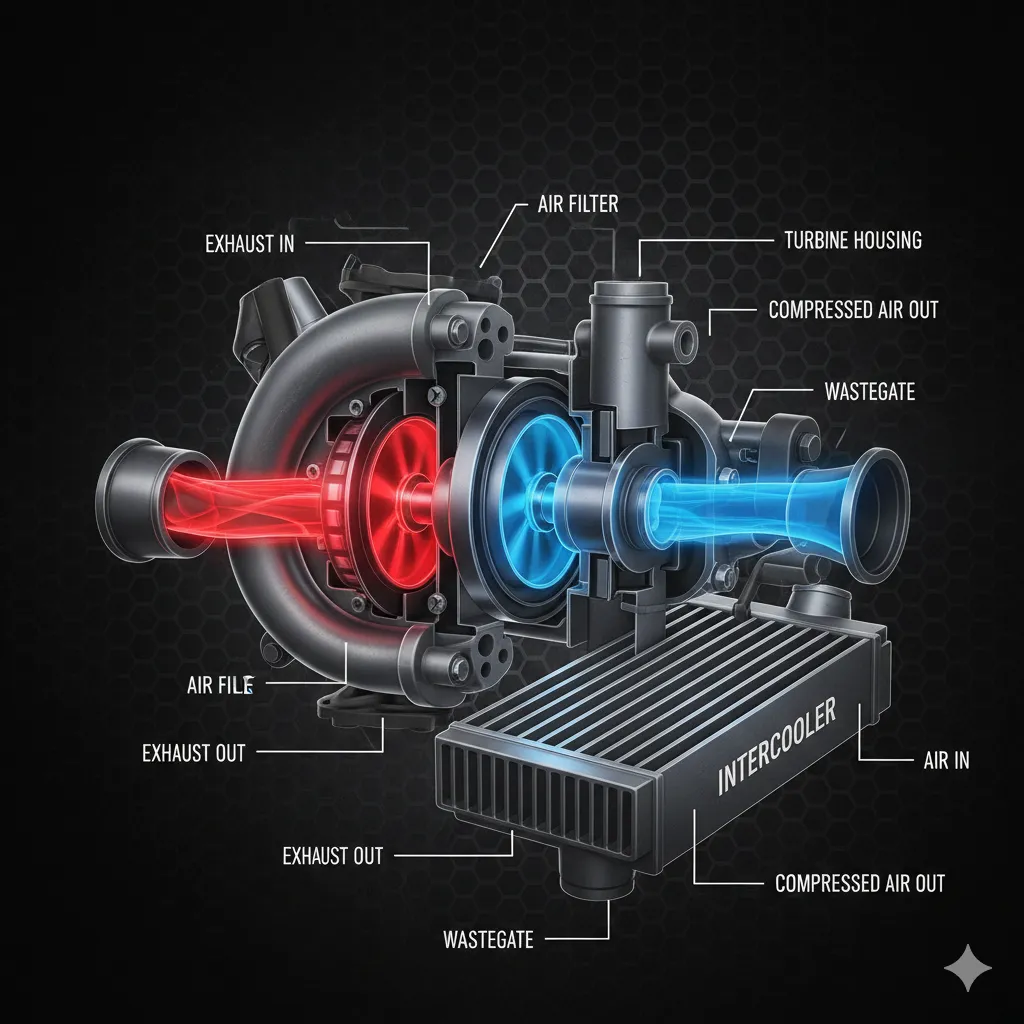
AI Car Systems: Better, Safer Driving Now
🚗 AI Car Systems: Better, Safer Driving Now
Let’s be honest: driving can be a total headache. Traffic, distracted drivers, and the occasional feeling that your car is just... not listening. But what if your car wasn’t just a machine you operated, but a hyper-aware, perpetually vigilant co-pilot? That future is already here, thanks to the revolutionary integration of car AI systems.
Artificial Intelligence (AI) is no longer a sci-fi fantasy; it’s the brain behind the most significant automotive improvements of the decade. From making highways safer to personalizing your daily commute, AI in cars is fundamentally improving the driving experience for everyone. It’s less about replacing the driver and more about giving them superhuman assistance.
The primary keyword for this post is car AI systems, which we'll use naturally throughout. Secondary keywords include Advanced Driver Assistance Systems (ADAS), automotive AI technology, driving safety, predictive maintenance, and personalized driving experience.
The Evolution of Driving Safety: Beyond the Seatbelt
For decades, car safety focused on passive measures: seatbelts, airbags, and reinforced frames. Today, car AI systems mark a critical shift toward active safety—systems that prevent the accident from happening in the first place.
H3: Advanced Driver Assistance Systems (ADAS): Your Digital Co-Pilot
The most immediate and life-saving impact of AI in cars is through Advanced Driver Assistance Systems (ADAS). These systems use a complex array of cameras, radar, and LiDAR sensors, processed by powerful AI algorithms, to give the car a true 360-degree awareness.
-
Automatic Emergency Braking (AEB): This feature uses AI to detect imminent collisions—with other vehicles, pedestrians, or cyclists—and applies the brakes faster than any human reaction time, drastically reducing accident severity or preventing them entirely.
-
Lane Keeping Assist (LKA): Tired of drifting? LKA utilizes computer vision to monitor lane markings. If the vehicle begins to unintentionally drift, the AI gently nudges the steering wheel to guide the car back into its lane.
-
Adaptive Cruise Control (ACC): This isn't your granddad's cruise control. ACC, powered by automotive AI technology, maintains a driver-set speed but automatically adjusts it to keep a safe following distance from the car ahead, reducing driver fatigue in heavy traffic.
These systems don't just warn you; they actively intervene, proving that car AI systems are a vital layer of protection against the most common cause of accidents: human error.
The All-Seeing Car: Enhancing Perception and Reaction
A key element of effective car AI systems is their ability to see and process the environment more effectively than a human driver. This is where machine learning shines.
H3: Superior Object Detection and Environmental Awareness
AI algorithms are trained on billions of miles of real-world driving data. This massive training allows the car to instantly differentiate between a shadow, a plastic bag, and a child running into the street.
-
Real-Time Data Fusion: Automotive AI technology fuses data from multiple sensors (cameras, radar, ultrasound). This redundancy ensures the system maintains reliable awareness even in poor weather conditions like heavy rain or fog, which can blind a single camera or a human eye.
-
Predicting the Unpredictable: Advanced AI doesn't just react; it predicts. By analyzing the speed and trajectory of a vehicle in the next lane, or the body language of a pedestrian near a crosswalk, the system can anticipate a potential hazard seconds before it materializes, allowing for a proactive response that dramatically improves driving safety.
Beyond Safety: A Smarter, More Enjoyable Commute
While safety is paramount, car AI systems are also transforming the sheer experience of being behind the wheel, turning the cabin into a personalized, stress-free environment.
H3: The Personalized Driving Experience
Modern vehicles are starting to remember you. Facial recognition and analysis of past behaviors allow AI in cars to adjust the cabin the moment you sit down.
-
Custom Comfort: The car can automatically set your seat and mirror positions, adjust your preferred climate control, and even load your favorite music playlist or podcast—all based on your unique profile.
-
Intuitive Voice Control: Forget fumbling with buttons. AI-powered voice assistants use natural language processing to handle complex commands. You can ask it to navigate to "that new coffee shop downtown" or "lower the air con and call Mom," all while keeping your hands on the wheel and your focus on the road. This enhances both convenience and driving safety.
H3: Predictive Maintenance and Smarter Navigation
The benefits of car AI systems aren’t limited to the road. They also extend to the health and efficiency of the vehicle itself.
-
Proactive Vehicle Health: Embedded sensors continuously monitor the performance of critical components like brakes, tires, and the engine. AI analyzes this data for anomalies, allowing the vehicle to alert you to a potential issue before it becomes a major, costly breakdown. This is the power of predictive maintenance.
-
Optimized Routing: AI-driven navigation systems process real-time and historical traffic data, weather patterns, and road closures. They don't just find the shortest route, they find the fastest and most energy-efficient one, saving you time and fuel.
FAQ: Your Burning Questions About Car AI Systems
Q: Is an AI-equipped car the same as a self-driving car?
A: Not necessarily. Many new cars feature Level 1 or Level 2 automation using car AI systems (like ADAS), where the driver must remain engaged and ready to take over. Fully self-driving cars (Level 4 and 5) are fully autonomous and are still in the testing and regulatory phases for widespread consumer use.
Q: How does AI improve my personal driving skill?
A: Some automotive AI technology offers driver monitoring. By analyzing your braking habits, acceleration, and steering smoothness, the system can provide feedback or subtly intervene to encourage safer, more efficient driving patterns, acting as a personal driving coach to improve your overall driving safety.
Q: What about cybersecurity for car AI systems?
A: As cars become more connected, cybersecurity is a major priority. Manufacturers employ advanced encryption and security protocols to protect the vehicle's software and your personal data from external threats.
Conclusion: The Road Ahead is Intelligent
The age of the purely mechanical car is over. Car AI systems are defining the next era of mobility, making our roads objectively safer, our commutes more comfortable, and our vehicles more intuitive than ever before. This remarkable automotive AI technology is not just a feature—it's the foundation of a new, intelligent relationship between humans and their machines. The future of driving is smart, assisted, and increasingly stress-free. So buckle up; your co-pilot is a genius.
e) External Links
-
National Highway Traffic Safety Administration (NHTSA) on ADAS: https://www.nhtsa.gov
-
U.S. Department of Transportation on Vehicle Automation: https://www.transportation.gov
-
A reputable technology news site (e.g., wired.com or techcrunch.com) discussing AI in vehicles: https://www.techcrunch.com




